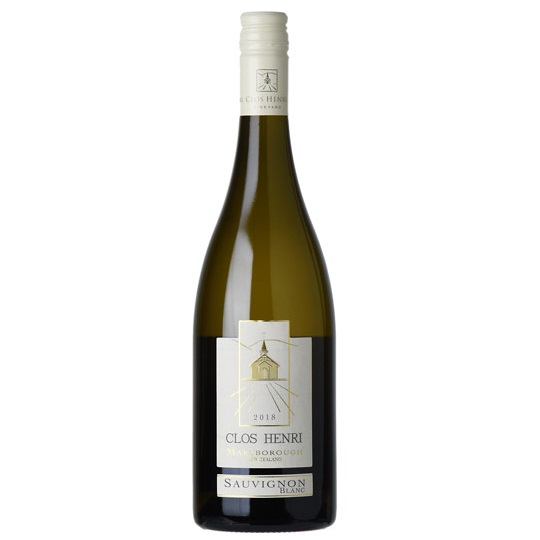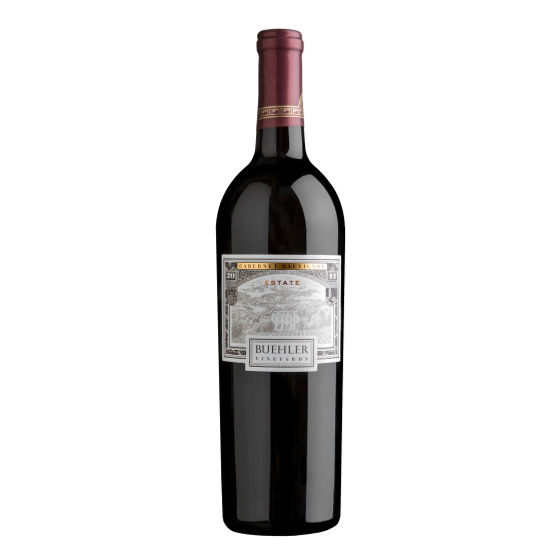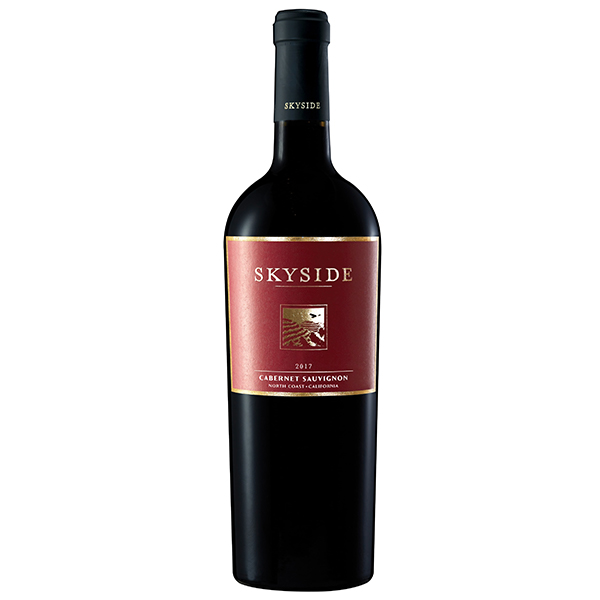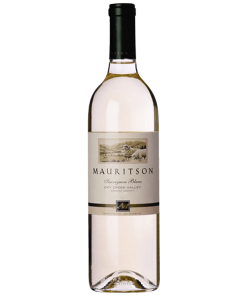-
×
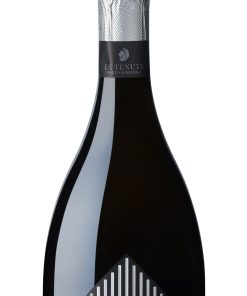 Tenuta Sant'Anna Prosecco Brut (NV) 750ML
1 × $16.99
Tenuta Sant'Anna Prosecco Brut (NV) 750ML
1 × $16.99
2019 Clos Henri Sauvignon Blanc
$21.77
Out of stock
2019 Clos Henri Sauvignon Blanc
2019 Clos Henri Sauvignon Blanc An enticing bouquet of mineral and preserved citrus peel, apple and apricot, peach and herbs. There’s a delicate toasty layer from mineral and initial bottle development. On the palate – silky textured, elegant, poised and dry. Flavours of citrus, stone and tree fruits reflect the nose supported by acidity and a touch of spice, wood and minerality. Lengthy and intriguing finish, complex and well made.
Sauvignon Blanc
Often called simply Sauvignon (while Cabernet Sauvignon is often called just Cabernet), extremely popular variety making crisp, dry, aromatic and extremely distinctive wines all over the world. The smell is sharp and piercing (unlike that of Chardonnay) and reminds different tasters variously of gooseberries, nettles, crushed blackcurrant leaves, and occasionally cat’s pee. With age, aromas reminiscent of canned asparagus can develop. The smell of Sauvignon (which is most of its character) is relatively simple, so it is not surprising that it was one of the first to be explained in terms of the dominant flavour compounds, called methoxypyrazines (a name to drop at a professional wine tasting). Sauvignon also smells and tastes remarkably similar wherever it is planted so, like Gewurztraminer, is a very good starting point for learning to recognize different varieties.
Most Sauvignon Blanc is fermented at relatively low temperatures in stainless steel with the intention of preserving every bit of youthful fruit. The wines are in general designed to be drunk as young as possible, although some of the fruit from particularly low-yielding vineyards can be concentrated to withstand oak ageing and may need a year or so in bottle before showing their best. I have tasted Sauvignon Blanc that has survived more than five years in bottle but very few that have actually improved as a result.
Sauvignon Blanc’s French stronghold is the upper Loire, and the twin appellations of Sancerre and Pouilly-Fumé in particular. The best examples of these wines such as the Pouilly-Fumé of Domaine Didier Dagueneau and Baron de Ladoucette and Sancerre from the likes of Henri Bourgeois, Lucien Crochet and Vincent Pinard, are drier, denser and slower-maturing than most New World Sauvignon Blanc, and genuinely express terroir with nuances dependent on the proportion of gravel and flint (silex) in the soil.
Related products
Deal
Wines!
Wines!
92pts Parker 93pts Vinous Save 40%
Deal
Wines!
Wines!
Save 46% 95pts Decanter 94pts Suckling 93pts Parker’s WA Drinks Like Silver Oak
Chardonnay
$32.00
2021 Jean-Marc Brocard Chablis Sainte Claire 2021 Jean-Marc Brocard Chablis Sainte Claire is tart, with notes of lemon oils and mango skin, as well as a bit of minty herbaceousness. On the palate, there are flavors of honey, tropical fruits just barely ripened, as well as a finish of bracing acidity. One of the most popular [...]
